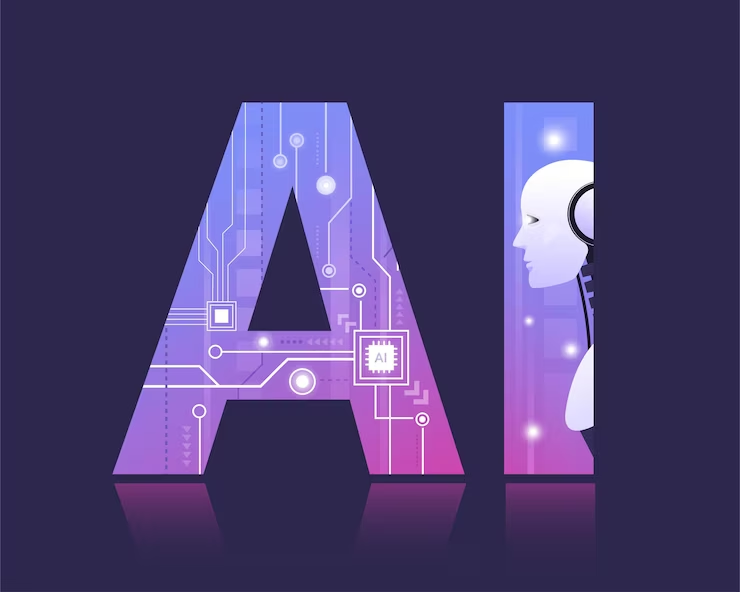

By Haley Holmes
Dec 28, 2023
EHR technology has become the standard system for storing patient information, but it also brings challenges for physicians. Documenting patient encounters in EHRs can be time-consuming and burdensome. However, EHR documentation is crucial for maintaining accurate medical records and has numerous benefits. It streamlines data entry, automates tasks, provides valuable insights into patient care, and minimizes duplicative procedures. Despite these advantages, studies reveal that physicians spend a significant portion of their time on documentation, often leading to dissatisfaction. Poor EHR design and the lack of efficient documentation tools contribute to this issue. Physicians face pressure to meticulously document patient visits, which can be a tedious task within time constraints.
Enhancing Efficiency during EHR Documentation
Efficient EHR documentation is essential in the healthcare process. To increase productivity during EHR documentation, consider the following strategies. Firstly, gather all relevant information, including medical history and test results, before starting the documentation process. Having comprehensive upfront information facilitates smoother documentation. Secondly, leverage built-in templates and shortcuts provided by EHR systems or create custom shortcuts. These tools can save valuable time in the long run. Lastly, document as you go to ensure accuracy and efficiency. Implementing these principles can improve workflow and patient care.
The Patient Interactions and EHR Documentation
Patient interaction plays a pivotal role in healthcare. Effective communication with patients, including asking relevant questions and understanding their responses, is crucial for quality care. With the introduction of EHRs, accurate documentation and tracking of patient care have improved, but they pose challenges to patient interactions. How do providers ensure that information documented in the EHR is accurate if they are not communicating directly with patients? To address this concern, hospitals have implemented policies requiring providers to discuss with patients as to what was documented in the EHRs during visits. This approach enhances accuracy in documentation and fosters better communication skills among healthcare providers.
A Novel Approach to Alleviate Documentation Burden
Implementing AI scribes can significantly expedite and streamline EHR documentation. AI technology can verify patient information, identify risks or allergies, suggest appropriate care plans, and prompt necessary tests. By automating these tasks, AI scribes alleviate the burden of manual documentation and improve efficiency and patient care.
Implementing AI Scribe for EHR Documentation
Implementing an AI- powered medical scribe is an excellent option to improve EHR documentation efficiency. It utilizes advanced technology to convert physician-patient conversations into quick clinical documentation. The AI-based EHR documentation tool is also an affordable tool that effectively reduces the time clinicians spend on documentation and helps streamline the documentation process for efficiency. It also helps cut down after-hours time that contributes to burnout and improves provider work-life balance.
The upshot
AI scribes are efficient and can reduce the amount of time needed for documentation by 15 minutes on average per visit. They are also an affordable option for providers who are on a budget. But how far can AI scribes transcribe and generate structured, accurate, and complete EHR entries? While AI is highly advanced, it is not error-free. So, if you are looking for accuracy plus speed then you can opt for the hybrid approach that combines the strengths of both AI scribe and humans. To learn more gives us a call at (908)736-4180

Please fill out this form.
We will reach out to you within 24 hours

Haley Holmes

Haley Holmes

Documentation is an important daily clinical responsibility. In order to optimize patient care, physicians are always on the lookout for new ways to effectively and efficiently document patient visits.
The use of virtual medical scribes has become increasingly popular in the recent years, as medical practices across the country are on the constant lookout for ways to reduce clinical documentation overload, thereby improving overall productivity.
The clerical burden associated with EHR usage is attributed as the number one cause of physician burnout. We also know that physicians spend twice as much time on EHRs and other clerical tasks compared to the time providing patient care.